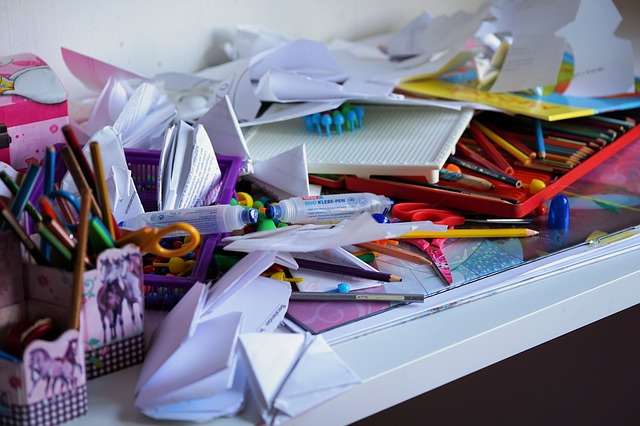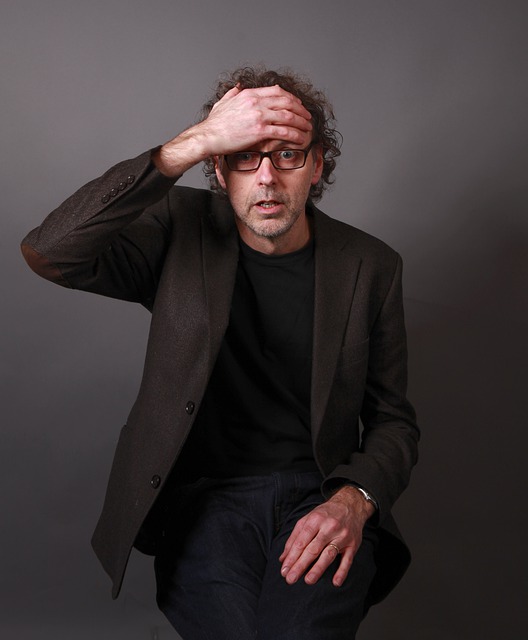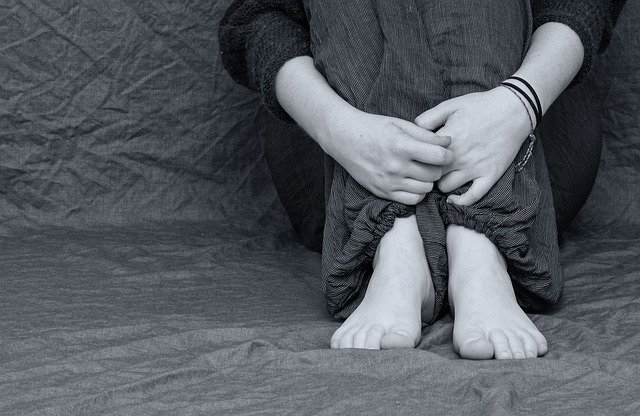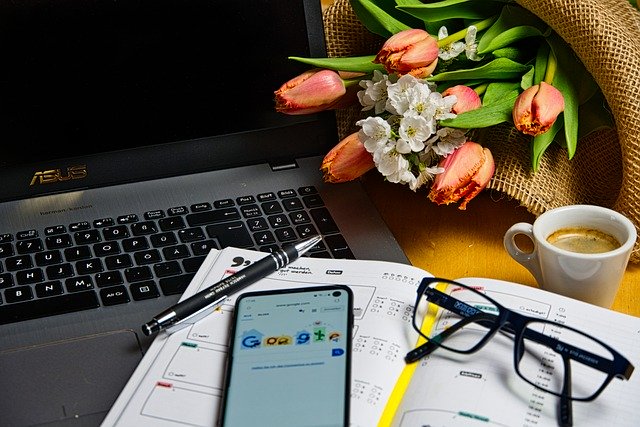Bhanu Joy Harrison provided a meditation podcast on Unpredictability and Adapting in September this year. Her session was one of the weekly meditations and talks offered by UCLA Health. Bhanu is an accredited meditation teacher and clinical social worker specialising in the resolution of trauma. She integrates neuroscience with mindfulness practices to enable people to achieve greater joy, balance and resilience. Bhanu provides classes, workshops and resources to assist people to manage the daily challengers of unpredictability. Her website provides a series of guided meditations and she offers access to an app that serves as a journalling guide.
Impact of unpredictability
Drawing on neuroscience, Bhanu maintains that our brain and nervous system is forever seeking stability and predictability as this provides us with an abiding sense of control and safety. In our daily life, however, we have to deal with the unpredictability of our own health, our workplaces and interactions, our shopping and entertainment environments and our social and family encounters. The unpredictability and challenge to our stability of these daily events can lead to stress, overwhelm and inability to cope.
In her talk, Bhanu pointed out how much we rely on past experience to predict what will happen in the future as a result of current events. We look for reliability and steadiness in our life. She contends that our past experience provides us with some form of scaffolding or framework that influences our perceptions and our predictions.
Mindfulness as a toolbox for managing unpredictability
Bhanu contends that mindfulness practices progressively build our personal resources and provide us with a toolbox to draw on to manage unpredictable situations. In contrast, mindless absorption of news and replaying of adverse events serves only to destabilise us and reactivate our stress response.
Bhanu argues that we often look to the past to seek out ways to achieve steadiness, comfort or groundedness. Unfortunately, our past solutions typically involve short-term solutions which prove to be maladaptive in the medium to long term – solutions such as overeating, drinking excessive alcohol to numb the pain or discomfort, “seeking illicit pleasure”, increasing caffeine consumption or scrolling endlessly through social media to distract us from the challenge of the present moment.
Drawing on her extensive experience with clients and the increasing body of research on mindfulness, Bhanu asserts that mindfulness practices undertaken with clear intention and self-kindness effectively create “a different input” for our nervous system than that created by our maladaptive solutions. In her words, mindfulness is capable of enabling us to “generate a different kind of sensory, emotional and mental response” to unpredictability and the related stimuli such as fear, anxiety and sense of loss of control.
Bhanu argues for creating an “ever-growing toolbox of ever-adaptive and helpful skills” through mindfulness practices. She encourages us to develop a “big variety of options” so that we can resource ourself effectively when we encounter the diverse challenges associated with unpredictability. Her suggestions for mindfulness practices include:
- Conscious breathing
- Meditation practices
- Being in nature
- Mindful walking
- Journalling
- Yoga
- Tai Chi
- Music
Bhanu argues that by developing a mindfulness toolbox, we are resourcing ourself for times when we are overwhelmed by the unpredictable such as a chronic illness diagnosis or the death of a loved one. She provides the example of one of her clients who experienced a “tsunami of grief” to illustrate this point. As Bhanu explains, when we experience grief our rational, analytical brain is hijacked by the amygdala and our lower brain. This shuts down our capacity to engage in logical thinking and solution generation. We then need “an escape hatch out of lower brain structures” (limbic system and brainstem).
Bhanu’s client developed an “escape hatch” in the form of a Mason jar where she stored pieces of paper recording “things that I can do in the moment” – simple things such as drink water, pat an animal, call a friend or relative or breathe deeply and slowly. On the jar she placed a picture of a life-jacket to remind herself “to put her life-jacket on” by accessing her jar and the suggestions within that could help her “settle herself, come back to the present moment and ground herself”.
The jar proved to be a ready resource that was both physical and accessible and provided a choice of pathways back to mindfulness and groundedness. It meant that she did not have to think in the moment about what resources she had available to her to access the stability and control provided by mindfulness.
Awareness of our “Circle of Influence”
Bhanu suggests that we think about our Circle of Influence – identifying the things that we can control and those that are outside our control. This then involves letting go of what we can’t control.
By way of example, Bhanu suggested that the things you can’t control include:
- the weather
- events beyond our country
- the emotions or opinions of other people
- traffic flow
- natural disasters.
Unfortunately, we can spend a lot of time going over events beyond our control through obsession with the news, over-concern with other people’s views of us, and anxiety about potential natural disasters.
Bhanu indicated that one thing we do have control over is our choices. For example, we can choose to be continually disrupted by “external noise” or we can spend time with relaxing music, enjoying nature or just being quiet. We can choose to avoid foods that create a “flare-up” for us or indulge at our own expense. We can also choose how we respond to stimuli – recognising that there is a gap between stimulus and response.
We can choose to listen to our internal critic telling us that “we are not good enough” or “consciously shift to something else” that is positive and helpful. Our choices extend to controlling our words and tone of voice – we can reaffirm that “I can control what comes out of my mouth”. Our boundaries are also under our control if we choose – for example, deciding when to say “yes” or “no”. We can develop a mindset consistent with an “internal locus of control”– where we are not totally controlled by external events but believe that we have some influence on our environment, are willing to take responsibility for our actions and respond proactively to unpredictable events in our life such as chronic illness.
Reflection
In seeking to manage the unpredictable in our life we can learn from people like Jean-Dominique Bauby. Despite suffering a massive stroke that left him unable to talk or move, he was able to create his memoir by blinking one eye to let his specialist nurse know word by word what he wanted to say. His other strategies for gaining stability and control included humour and virtual travel.
As we grow in mindfulness through a range of mindfulness practices, we can enhance our personal resources and develop a readymade toolbox to achieve stability and control in times of unpredictability such as chronic illness or the death of a loved one.
___________________________________________
Image by Martine Auvray from Pixabay
By Ron Passfield- Copyright (Creative Commons license, Attribution-Non-Commercial -No Derivatives.
Disclosure: If you purchase a product through this site, I may earn a commission which will help to pay for the site, the associated Meetup group and the resources to support the blog.









